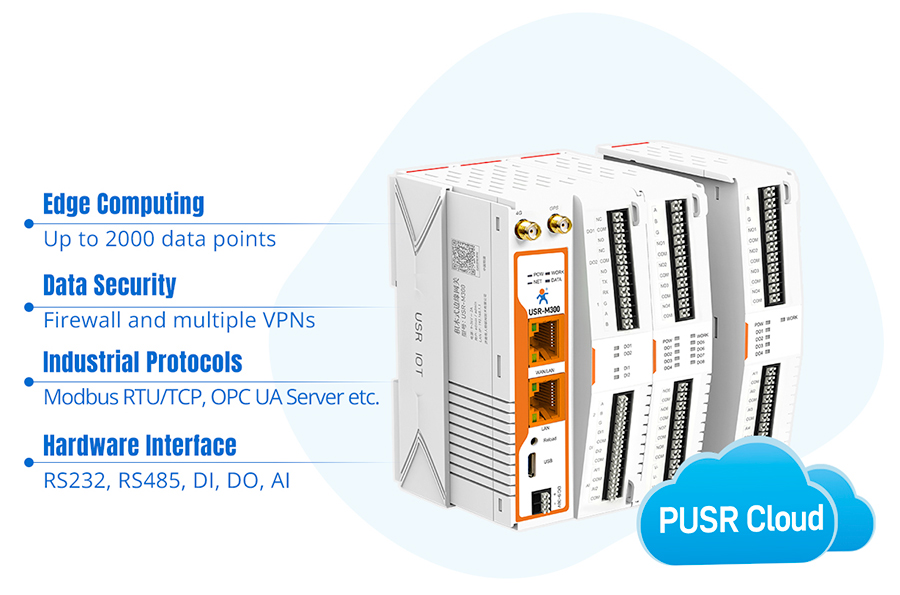With the rapid development of Industry 4.0 and the Internet of Things (IoT) technologies, traditional industries are facing unprecedented changes. In this transformation, Industrial Wireless Gateway and the edge computing technology they carry have become key forces driving industry progress. This article will delve deeply into how edge computing in Industrial Wireless Gateway functions in applications, providing traditional industries with an in-depth and professional explanation.
Industrial Wireless Gateway serve as the bridge connecting intelligent devices and cloud platforms, responsible for crucial functions such as data collection, processing, and transmission. Edge computing, on the other hand, is a distributed computing model that brings data processing and analysis capabilities closer to the source of data. In the Industrial Internet of Things (IIoT), Industrial Wireless Gateway are not just data channels; they are intelligent nodes integrated with edge computing capabilities.

Edge computing enables Industrial Wireless Gateway to process and analyze data from field devices in real-time. This real-time capability is crucial for industrial automation, intelligent manufacturing, and other fields. Through edge computing, Industrial Wireless Gateway can quickly identify equipment failures, production abnormalities, and other issues, and immediately take corresponding measures to ensure the continuity and stability of production.
The traditional data processing model requires sending data to the cloud or data center for processing and analysis, which can lead to delays and potential data loss due to network interruptions. Edge computing allows Industrial Wireless Gateway to process data and make decisions locally, without relying on remote data centers. This localized decision-making and execution significantly improves response speed, reduces network dependency, and ensures system stability and reliability.
By moving data processing and analysis functions to the edge devices, Industrial Wireless Gateway reduce unnecessary data transmission and storage, thus lowering network bandwidth consumption and cloud storage costs. Additionally, edge computing reduces security risks during data transmission, protecting the safety and privacy of corporate data.
Edge computing enables Industrial Wireless Gateway to possess stronger intelligent operation and maintenance management capabilities. By integrating advanced technologies such as machine learning and artificial intelligence, Industrial Wireless Gateway can achieve intelligent monitoring, predictive maintenance, fault warning, and other functions for devices. These capabilities help enterprises identify potential issues early, reduce equipment failure rates, and improve device reliability and lifespan.
1. High Real-time Performance: Since edge computing enables localized data processing and decision-making, it achieves lower latency and faster response speeds, meeting the high real-time requirements of industrial automation scenarios.
2. High Security: Edge computing encrypts and stores data locally, reducing risks during network transmission and ensuring data security.
3. Strong Offline Working Capabilities: Even in the absence of network connectivity, Industrial Wireless Gateway can continue working using edge computing capabilities, ensuring the stability and reliability of the IoT system.
4. High Flexibility: Edge computing allows Industrial Wireless Gateway to be configured and scaled flexibly based on different application scenarios and needs, meeting the personalized requirements of enterprises.
Edge computing technology in Industrial Wireless Gateway is bringing profound changes to traditional industries. It not only improves the real-time performance and efficiency of data processing, reduces bandwidth and costs, but also enhances system security and stability. With continuous technological development and improvement, it is believed that edge computing will bring greater value to more industries in the future.